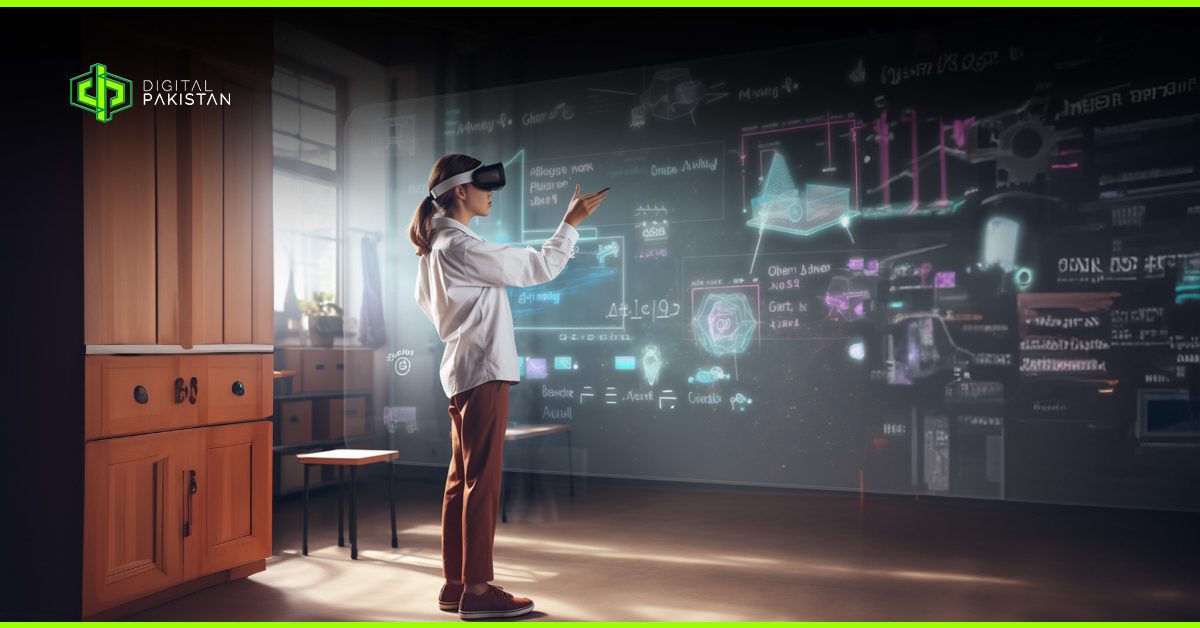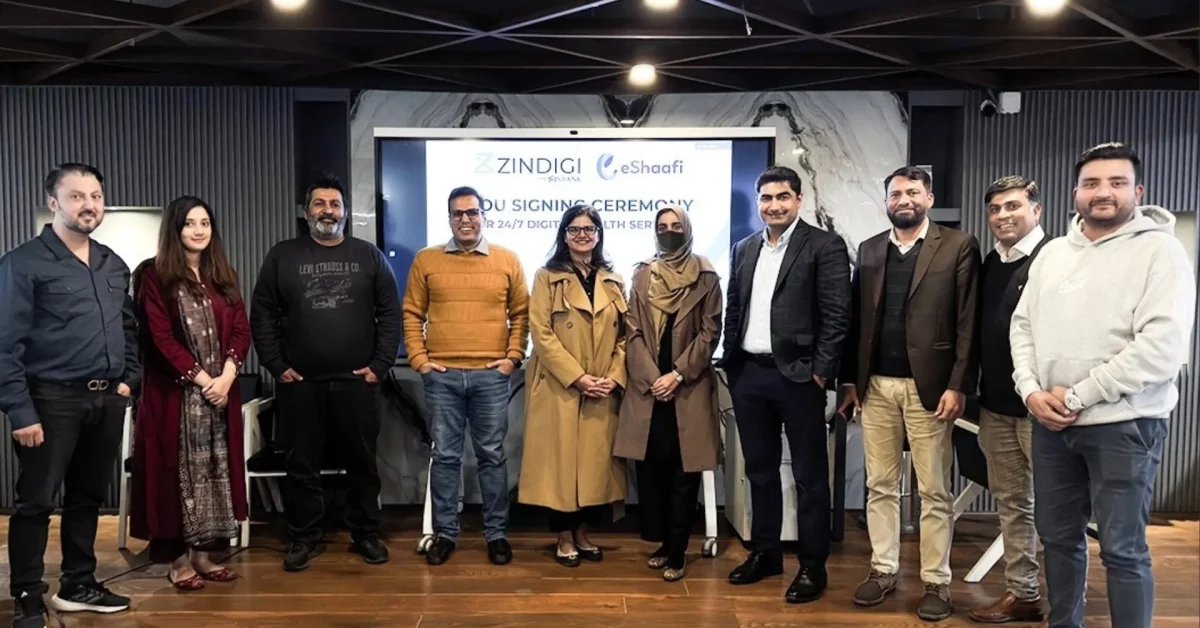
Beyond the Ballot
February 8, 2024
Bytes of Flavor: How Tech Spices Up Pakistani Cuisine for the Modern Palate
February 15, 2024Unlocking Education’s Potential: Virtual Reality and Immersive Learning
Look, I’ll be honest. I am scared of driving – and I often find myself thinking that it would be less daunting if I could learn everything about it through simulations before actually driving. Fortunately, I was born in the era of technological innovation, and in recent years, virtual reality (VR) technology has emerged as a powerful tool that has the potential to revolutionize education and training. Hopefully, driving schools will adopt it soon!
Virtual reality is a familiar concept by now, and it offers a unique learning experience that goes beyond traditional classroom settings by immersing users in realistic, interactive environments. The possibilities are endless, from exploring ancient civilizations to conducting complex medical procedures. In this blog post, we’ll delve into the transformative impact VR technology can have on education and training, exploring its benefits, challenges, and prospects.
One of the key benefits of VR in education is its ability to create immersive learning environments. Through VR simulations, students can explore concepts and subjects in previously impossible ways, allowing for a deeper understanding of complex topics. For example, history students can step back in time and experience key historical events firsthand, while medical students can practice surgical procedures in a virtual operating room. Isn’t that so much more useful than boring PowerPoint lectures?
I think that by placing students at the centre of the learning experience, VR encourages participation and interaction, leading to higher retention and comprehension levels. Obviously, we’d feel more involved, and it would result in increased motivation and enthusiasm for learning compared to traditional methods.
However, I have to admit that while VR holds immense potential for education, some challenges and considerations need to be addressed. One of the main challenges is accessibility and affordability. VR headsets and equipment can be expensive (just look at the price of Apple Vision Pro…phew), making it difficult for schools and institutions with limited resources to adopt the technology. Also, there may be concerns about the safety and potential side effects of prolonged VR use, especially for young learners.
Another consideration is the need for effective content development and curriculum integration. Creating high-quality VR experiences requires specialised skills and resources, and educators may need training to incorporate VR into their teaching practices effectively. Furthermore, there is a need for research and evidence-based practices to determine the most effective ways to use VR in education and training.
Despite the challenges, the future of VR in education looks promising. As technology continues to evolve and become more accessible, VR is poised to become an integral part of the learning landscape. Advancements in VR hardware and software are making the technology more affordable and user-friendly, opening up new possibilities for immersive learning experiences.
This technology has the potential to address pressing issues in education, such as access to quality education and the need for personalized learning experiences. By breaking down barriers and providing equitable access to educational resources, VR can transform education and empower learners of all ages.
To sum it up, virtual reality technology is revolutionary, and its implications for education and training are nearly limitless. From enhancing learning outcomes to fostering engagement and motivation, VR offers a glimpse into the future of education. As we delve deeper into the possibilities of VR, we must consider how this technology can be used to create inclusive, accessible, and impactful learning experiences that inspire students and foster a love of learning. How can we harness the full potential of VR to transform education, and what challenges must we overcome to ensure that all students have access to this transformative technology?
About the Author: With chai and Google Docs as trusted companions, Abrish Nayyar has honed the art of weaving stories, fueled by late-night inspiration and the mundane world. Aspiring to one day be a published author, to her, every article is an inch closer to that goal.






